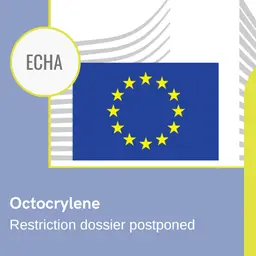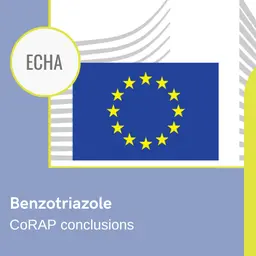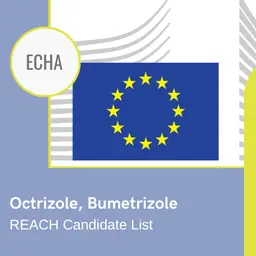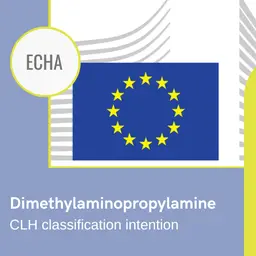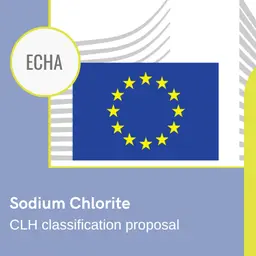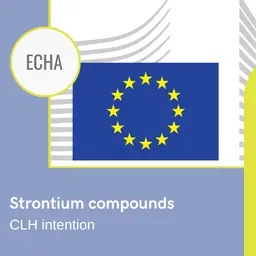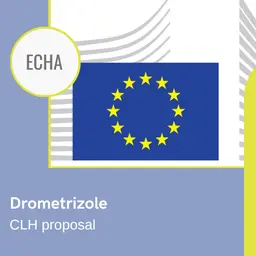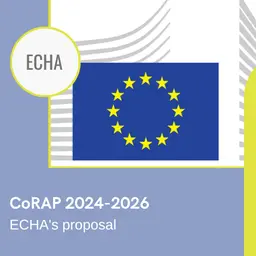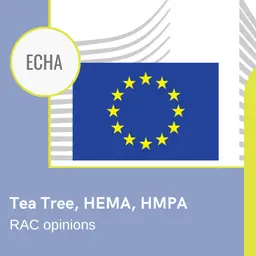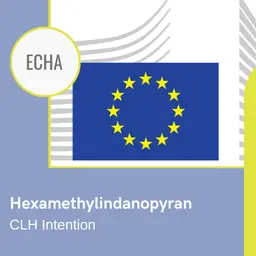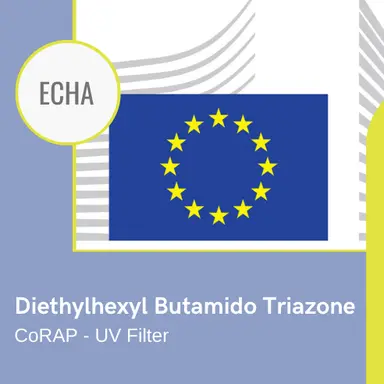
The conclusions of the evaluation of the UV filter Diethylhexyl Butamido Triazone, added in the CoRAP (Community rolling action plan) under the REACH Regulation in 2015, have just been published by ECHA on its website. Germany, the evaluating Member State, concluded that no follow-up regulatory action was needed at EU level.
Bis(2-ethylhexyl) 4,4’-{6-[4-tert-butylcarbamoyl) anilino]-1,3,5-triazine-2,4-diyldiimino} dibenzoate was originally selected for substance evaluation to clarify concerns about:
• Suspected PBT/vPvB properties
• Wide dispersive use
• Exposure of the environment
The evaluation was allocated to the BAuA (German Federal Institute for Occupational Safety and Health), which has now issued its conclusions, bringing the assessment process for the substance to a close.
The information available on the substance led him to conclude that there is no need for regulatory follow-up action at EU level.
“Based on the available information, the Substance is very persistent but does not fulfil the criteria for bioaccumulation or toxicity according to Annex XIII REACH”, the BAuA explains.
As a reminder, Diethylhexyl Butamido Triazone is present in Annex VI to Cosmetics Regulation 1223/2009 (which lists the authorised UV filters), with a maximum concentration in finished products set at 10%.
Sources
• ECHA Weekly, New substance evaluation conclusion published for CoRAP substance, ECHA, 3 May 2023
• Substance evaluation - CoRAP, bis(2-ethylhexyl) 4,4’-{6-(4-tert-butylcarbamoyl)anilino)-1,3,5-triazine-2,4-diyldiimino}dibenzoate, ECHA, 3 May 2023
• Substance Evaluation Conclusion, bis(2-ethylhexyl) 4,4’-{6-(4-tert-butylcarbamoyl)anilino)-1,3,5-triazine-2,4-diyldiimino}dibenzoate, BAuA, Federal Institute for Occupational Safety and Health, 5 April 2023

